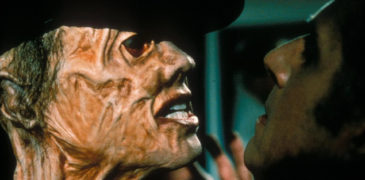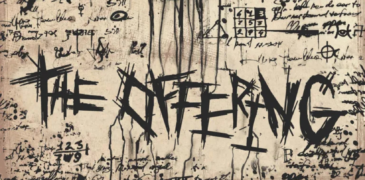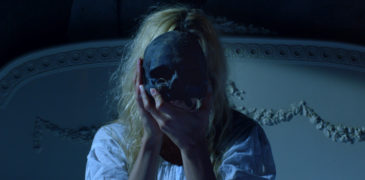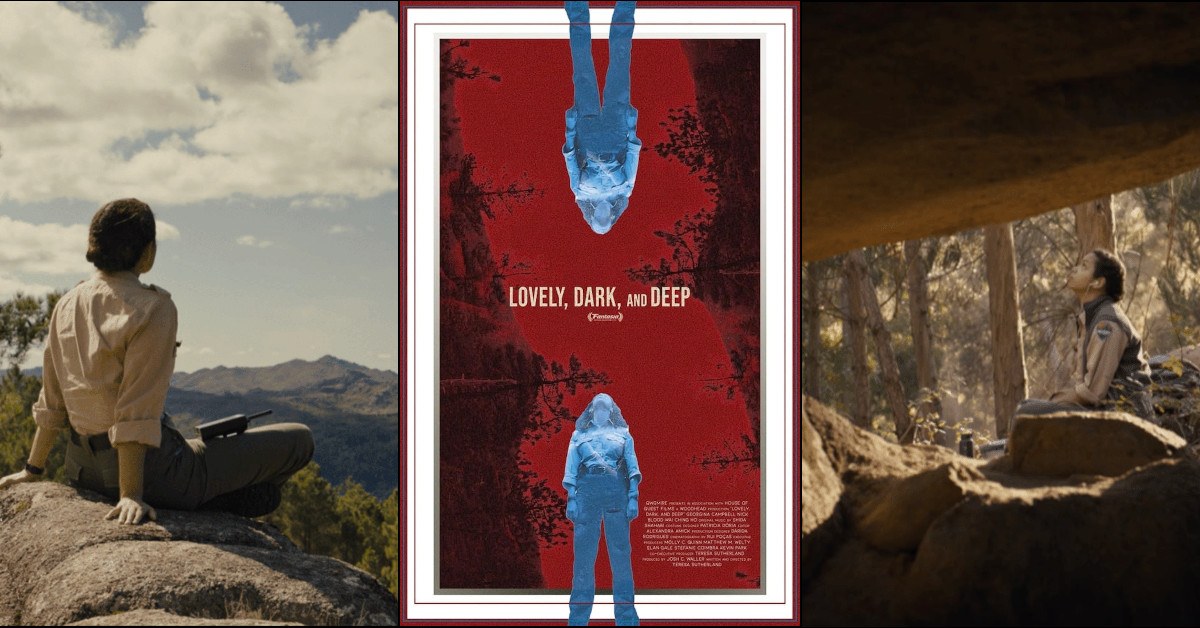
Screenwriter Teresa Sutherland (The Wind, Midnight Mass) invites viewers to explore the beauty of our national parks in her directorial debut, Lovely, Dark and Deep (2023). The movie takes place in one of America’s beautiful National Forests and Grasslands. Because of their size and remoteness, these natural spaces can be dangerous, even fatal for hikers and campers. The rangers stationed in the parks have two duties: to protect the tourists and preserve the natural surroundings. But their job goes beyond rescuing lost or injured campers and breaking up leftover fire circles. They have a secret duty that is painful to perform. There’s more to the wilderness than just its untamed beauty. As lovely as the forests are, they hide dark secrets and deadly promises lurk in the deep darkness.
Lennon, a park ranger beginning her first 90-day rotation at Arvores National Park, walks into this darkness. She returned to the park many years after her sister Jeannie mysteriously disappeared from the park when they were children. What she discovers is learning the secrets of the woods comes with a price. Lennon must confront the fear and danger lurking in the shadows of the park. She must also face demons from her past and unravel the mystery of her sister’s disappearance. As she learns more, she discovers the truth is more mysterious than she ever imagined. Soon, the ranger is trapped in a hallucinatory spirit quest as the supernatural forces of nature put her to the test. Before she is done, the unresolved issues of her past growing disorientation forces her to question what is real and what is not.
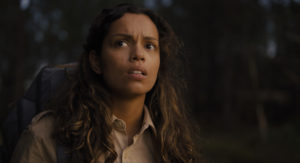
When I was in school, my creative writing teachers explained the three basic conflicts of literature. Updated with more inclusive language, they are “person against person,” “person against self,” and “person against nature.” These conflicts often form the basis for stories and can be used to create compelling plotlines. Georgina Campbell, star of last year’s Banshee, brings another A+ performance as Lennon. She skillfully illustrates Lennon’s dual struggles. Lennon’s parents held her responsible for Jeannie’s abduction, and she feels guilty for the family’s subsequent breakup. As she keenly searches for absolution, the forest tries to trap her.
Counterpointing Sutherland’s script and Campbell’s performance is the stunning and fluid camera work, Lovely, Dark and Deep provides a perfect compliment to Lennon’s journey. Starting with establishing shots of the natural beauty around her, Portuguese cinematographer Rui Poças turns the landscape into an ominous, foreboding place using canted angles and tight focus. As the camera floats and twists through the wilderness, a new character emerges, and it is as if nature itself is pursuing Lennon.
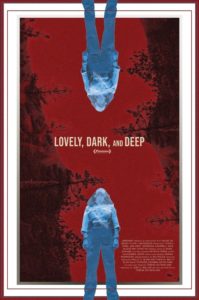
Lovely, Dark, and Deep avoids overusing jump scares and instead provides lots of unsettling moments as things go bump in the night and weird shadows threaten Lennon. Exploring the film may not count as quality time in the great outdoors, but audiences should find it time well spent, despite the final act’s overly drawn-out dream sequence.

Trivia – Poet Robert Frost fought to have the Oxford Comma removed from his poem Stopping By The Woods – the source of the film’s title. Punctilious editors insisted it must remain and shortly after the poet died, it returned. The final stanza of his poem should read thus:
The woods are lovely, dark and deep,
But I have promises to keep,
And miles to go before I sleep,
And miles to go before I sleep.
We watched Lovely, Dark and Deep at its world premiere at Fantasia Festival 2023.

More Film Festival Coverage
Meeting your partner’s family for the first time can be a drag, having to find out how well you get along in the family dynamic or learn some truths you… Fuk’n Nuts is a 2023 American surrealist horror comedy short film, written and directed by Sam Fox. No stranger to the medium, Fox is known as the writer/director of the… When I watch a horror movie from the 80’s, I inevitably have the thought of “how the hell did this movie get made?” Don’t get me wrong, there are some… Jewish-themed horror movies are rare but this year’s Fantastic Fest features at least two films that explore the rich and fantastic pantheon of Jewish folklore and the role of kabbalah,… “Tick … Tock … Tick … Tock…” If you’re old enough to remember, video stores were most often our method of finding films that we might have otherwise never heard… Part of the JFFH (Japan Film Fest Hamburg) 2021 line-up, Kenya Okuba’s Cosmetic DNA was a title that instantly caught my attention with the flashy trailer promising a techno-laden, neon-drenched…Homebound (2021) Film Review – Family Secrets Can be Deadly
Fuk’n Nuts (2023) Film Review – Caution! May Contain Crazy [Fantastic Fest]
Phantom Of The Mall: Eric’s Revenge (1989) Film Review – Remastered Slasher For FrightFest
The Offering (2022) Film Review – Hasidic Horrors Haunt a Brooklyn Family
Dawn Breaks Behind the Eyes (2021) Film Review – A Psychedelic Gothic Horror Acid Trip
Cosmetic DNA Film Review (2020) – Fashionable Androcide
I am a lifelong lover of horror who delights in the uncanny and occasionally writes about it. My writing has appeared at DIS/MEMBER and in Grim magazine. I am also in charge of programming at WIWLN’s Insomniac Theater, the Internet’s oldest horror movie blog written by me. The best time to reach me is before dawn.
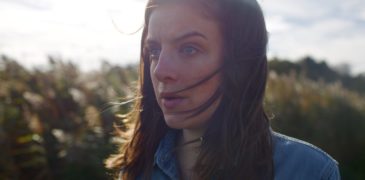
![Fuk’n Nuts (2023) Film Review – Caution! May Contain Crazy [Fantastic Fest]](https://www.grimoireofhorror.com/wp-content/uploads/2023/09/Fukn-Nuts-cover-365x180.jpg)
